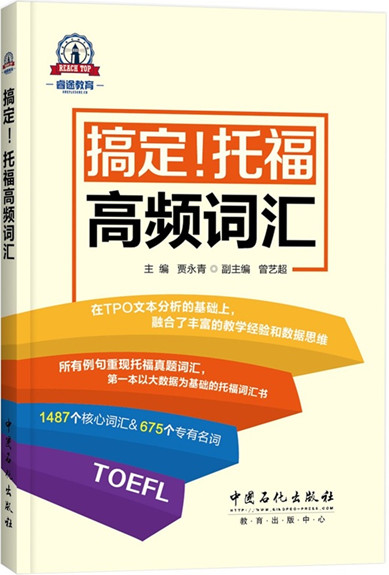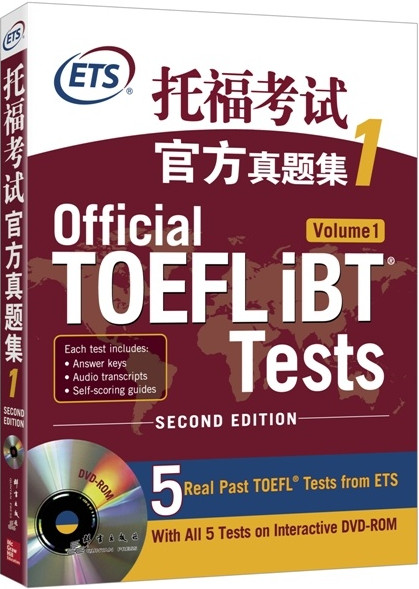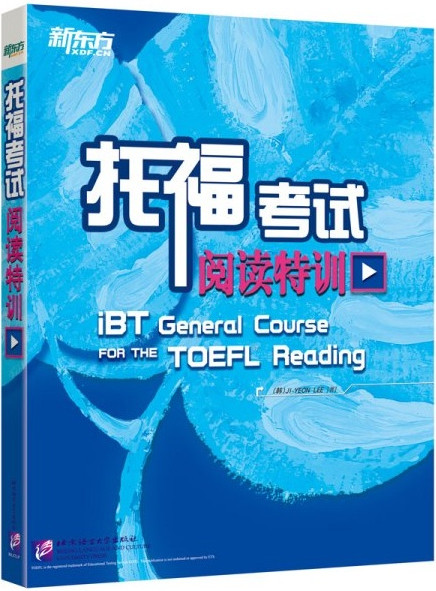2018���и���xģ�Mԇ�}(9)
�����и���x�ı���
����Of all modern instruments, the violin is apparently one of the simplest. It consists in essence of
����a hollow, varnished wooden sound box, or resonator, and a long neck, covered with a fingerboard,
����along which four strings are stretched at high tension. The beauty of design, shape, and decoration
����is no accident: the proportions of the instrument are determined almost entirely by acoustical
����considerations. Its simplicity of appearance is deceptive. About 70 parts are involved in the
����construction of a violin. Its tone and its outstanding range of expressiveness make it an ideal solo
����instrument. No less important, however, is its role as an orchestral and chamber instrument. In
����combination with the larger and deeper-sounding members of the same family, the violins form
����the nucleus of the modern symphony orchestra.
����The violin has been in existence since about 1550. Its importance as an instrument in its own
����right dates from the early 1600's, when it first became standard in Italian opera orchestras. Its
����stature as an orchestral instrument was raised further when in 1626 Louis XIII of France
����established at his court the orchestra known as Les vingt-quatre violins du Roy (The King's 24
����Violins), which was to become widely famous later in the century.
����In its early history, the violin had a dull and rather quiet tone resulting from the fact that the
����strings were thick and were attached to the body of the instrument very loosely. During the
����eighteenth and nineteenth century, exciting technical changes were inspired by such
����composer-violinists as Vivaldi and Tartini. Their instrumental compositions demanded a fuller,
����clearer, and more brilliant tone that was produced by using thinner strings and a far higher string
����tension. Small changes had to be made to the violin's internal structure and to the fingerboard so
����that they could withstand the extra strain. Accordingly, a higher standard of performance was
����achieved, in terms of both facility and interpretation. Left-hand technique was considerably
����elaborated, and new fingering patterns on the fingerboard were developed for very high notes.
�����и���x�}Ŀ��
����1. The word "standard" in line 12 is closest in meaning to
����(A) practical
����(B) customary
����(C) possible
����(D) unusual
����2. "The King's 24 Violins" is mentioned in line 15 to illustrate
����(A) how the violin became a renowned instrument
����(B) the competition in the 1600's between French and Italian orchestras
����(C) the superiority of French violins
����(D) why the violin was considered the only instrument suitable to be played by royalty
����3. What is the main idea presented in paragraph 3?
����(A) The violin has been modified to fit its evolving musical functions.
����(B) The violin is probably the best known and most widely distributed musical instrument in the
����world.
����(C) The violin had reached the height of its popularity by the middle of the eighteenth century.
����(D) The technique of playing the violin has remained essentially the same since the 1600's.
����4. The author mentions Vivaldi and Tartini in line 19 as examples of composers whose music
����(A) inspired more people to play the violin
����(B) had to be adapted to the violin
����(C) demanded more sophisticated violins
����(D) could be played only by their students
����5. The word "they" in line 22 refers to
����(A) Civaldi and Tartini
����(B) thinner strings and a higher string tension
����(C) small changes
����(D) internal structure and fingerboard
����6. The word "strain" in line 22 is closest in meaning to
����(A) struggle
����(B) strength
����(C) strategy
����(D) stress
����7. The word "Accordingly" in line 23 is closest in meaning to
����(A) However
����(B) Consequently
����(C) Nevertheless
����(D) Ultimately
����8.According to the passage , early violins were different from modern violins in that early violins
����(A) were heavier
����(B) broke down more easily
����(C) produced softer tones
����(D) were easier to play
����9. According to the passage , which of the following contributes to a dull sound being produced by
����a violin?
����(A)A long fingerboard
����(B)A small body
����(C) High string tension
����(D) Thick strings
����10. Which of the following terms is defined in the passage ?
����(A) resonator (line 2)
����(B) solo (line 7)
����(C) left-hand technique (line 25)
����(D) fingering patterns (lines 24-25)
����11. All of the following are mentioned in the passage as contributing to the ability to play modern
����violin music EXCEPT
����(A) more complicated techniques for the left hand
����(B) different ways to use the fingers to play very high notes
����(C) use of rare wood for the fingerboard and neck
����(D) minor alterations to the structure of the instrumentANSWER KEYS
�����и���x�𰸣�
����BAACD DBCAA C





